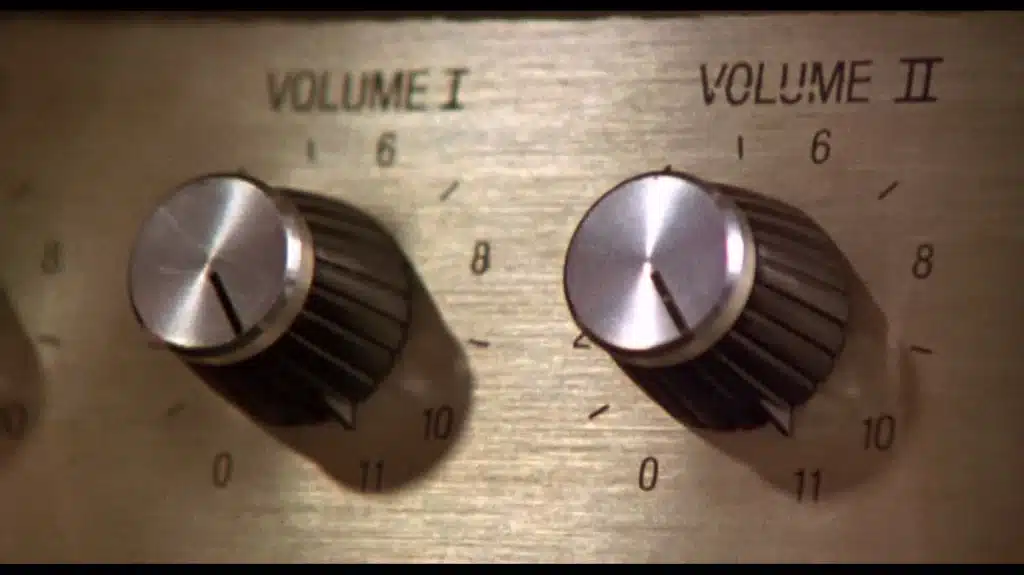Windows 10 End of Support and how to Upgrade to Windows 11
As of October 14, 2025, Microsoft will end support for Windows 10. This means that after this date, Windows 10 will no longer receive security updates, feature updates, or technical support from Microsoft. While your Windows 10 PC will continue to function, it will be at greater risk for security vulnerabilities and malware. Upgrade to Windows 11!
Why Upgrade to Windows 11?
Windows 11 offers a modern and efficient experience designed to meet current demands for heightened security and performance. Upgrading to Windows 11 ensures that your system remains secure and up to date with the latest features and improvements.
System Requirements to upgrade Windows 11
To upgrade to Windows 11, your PC must meet the following minimum system requirements:
- Processor: 1 gigahertz (GHz) or faster with at least 2 cores on a compatible 64-bit processor or System on a Chip (SoC).
- RAM: 4 gigabytes (GB) or more.
- Storage: 64 GB or larger storage device.
- System firmware: UEFI, Secure Boot capable.
- TPM: Trusted Platform Module (TPM) version 2.0.
- Graphics card: Compatible with DirectX 12 or later with WDDM 2.0 driver.
- Display: High definition (720p) display that is greater than 9” diagonally, 8 bits per color channel.
- Internet connection: Internet connectivity is necessary to perform updates and to download and take advantage of some features.
Understanding TPM 2.0
TPM 2.0 is a critical component for the upgrade to Windows 11 as it provides hardware-based security-related functions. TPM 2.0 is used for various features in Windows 11, including Windows Hello for identity protection and BitLocker for data protection. Most PCs manufactured in the last 5 years are equipped with TPM 2.0, but it may need to be enabled in your system’s BIOS settings.
How to Check if Your PC Has TPM 2.0
To check if your PC has TPM 2.0, follow these steps:
- Press Windows Key + R to open the Run dialog box.
- Type tpm.msc and press Enter.
- In the TPM Management window, check the Specification Version under TPM Manufacturer Information. It should be 2.0.
Bypassing the upgrade to Windows 11 Hardware Checks
Microsoft has provided a registry hack that allows you to bypass the hardware checks for TPM 2.0 and other requirements, enabling you to install Windows 11 on unsupported hardware. However, this is not recommended as it may lead to stability and security issues. To use this method, follow these steps:
- Press Windows Key + R to open the Run dialog box.
- Type regedit and press Enter to open the Registry Editor.
- Navigate to HKEY_LOCAL_MACHINE\SYSTEM\Setup\MoSetup.
- Create a new DWORD (32-bit) Value named AllowUpgradesWithUnsupportedTPMOrCPU and set its value to 1.
- Close the Registry Editor and proceed with the Windows 11 installation.
Conclusion
The upgrade to Windows 11 is essential to ensure your PC remains secure and up-to-date. Make sure your system meets the minimum requirements, especially the TPM 2.0 chip, to take full advantage of the new features and improvements in Windows 11. While there are ways to bypass the hardware checks, it is not advised due to potential risks. Want a second opinion? Book the Memphis PC Guy for an hour and let me come take a look!
For detailed information about the upcoming Windows 11 upgrade, including system requirements for home users, you can visit the official Microsoft page on Windows 11 specifications and system requirements here. This page provides comprehensive details on the necessary hardware and software requirements, as well as additional features and updates.

